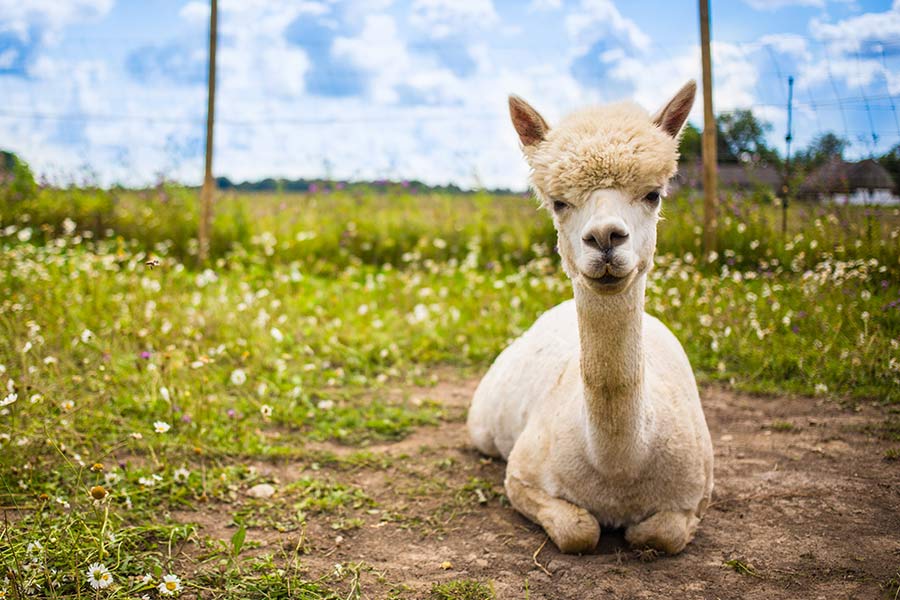Comments from Fiber Enthusiasts

Education is important. Helping new members is needed. Encouraging people to use their fiber and learn to spin or send to a mill. Classes at yarn shops are helpful -- ie. for knitting or crochet or weaving and felting. Many guilds have spinning interest groups that meet at other times than the guild meetings. (guilds have a library for members to check out too) Also, RMLA has a library.
Maybe we could have a list of the appropriate fiber-related books/videos for our committee members.
Having a Spin-In would be a fun activity and a way to get to know each other. (as part of the annual meeting or ???)
I am willing to donate my book to our committee members to help them learn and share info with the public. (now in its 4th edition) I'll gladly replace an older edition since the new one has updated and new info.
Another thought is for all of us to bring fleece/roving/yarn/finished items for show & Tell at guild meetings. We need to talk it up and educate. I recently sold a fleece (wholesale) to 2 spinners, who are sharing the fleece. I didn't have to clean/hand pick it! They will show me their yarn and the projects they made.
-- Chris Switzer
I have read and reread your question and some of the other answers - I am always learning and will be a lifelong learner. I have llamas and use the fiber from beginning to end. I started spinning last year. I have been “koolaide-dyeing” fiber. I am very basic because it takes a lot of time to go from cleaning, sheering, cleaning, carding, roving, spinning or wet felting, peg loom weaving, etc. There is so much to learn, so I guess I would like information/classes on all the processes for fiber. I don’t feel like I represent what many of the RMLA members would want.
Thanks for volunteering and leading.
-- Betty Hollman

